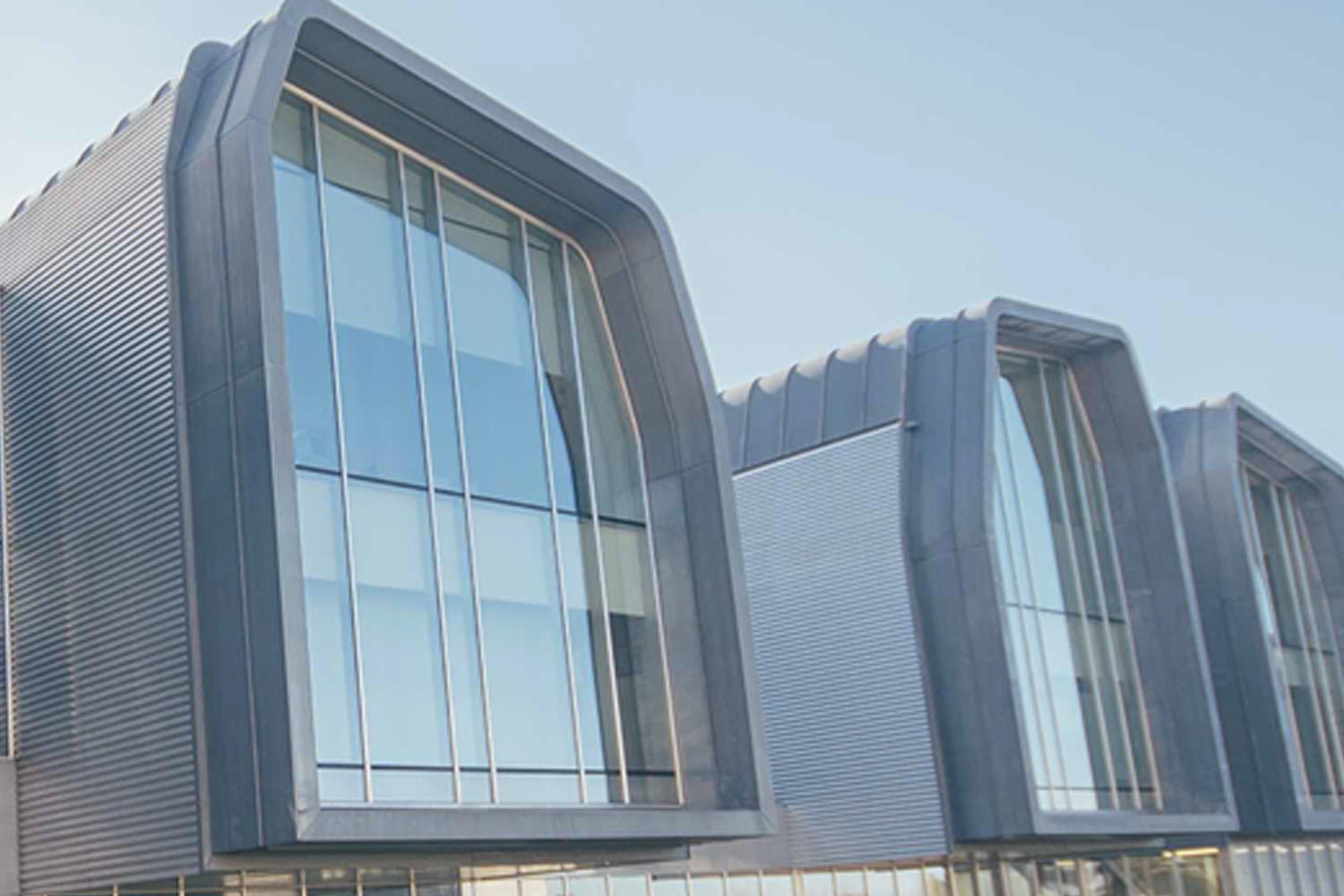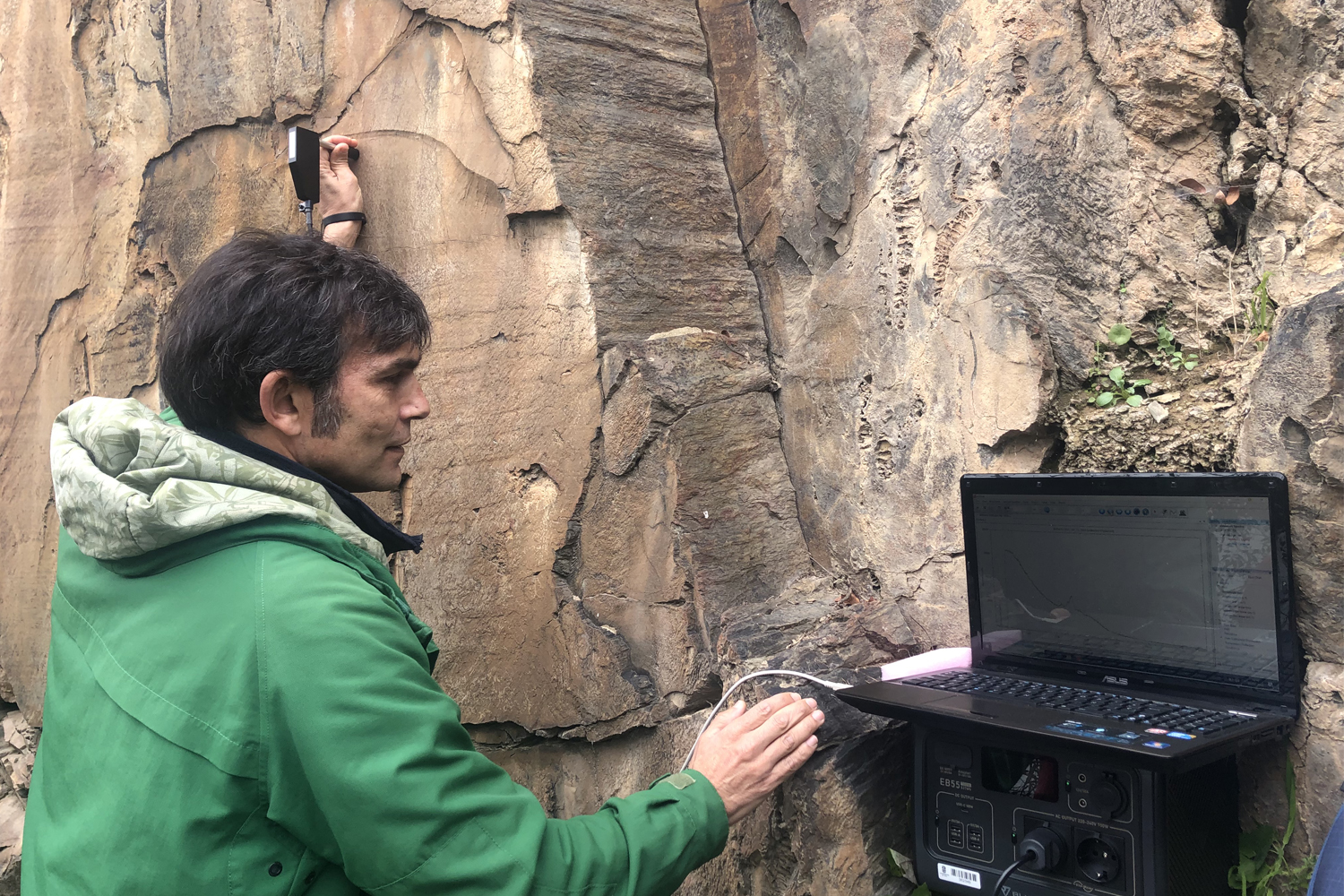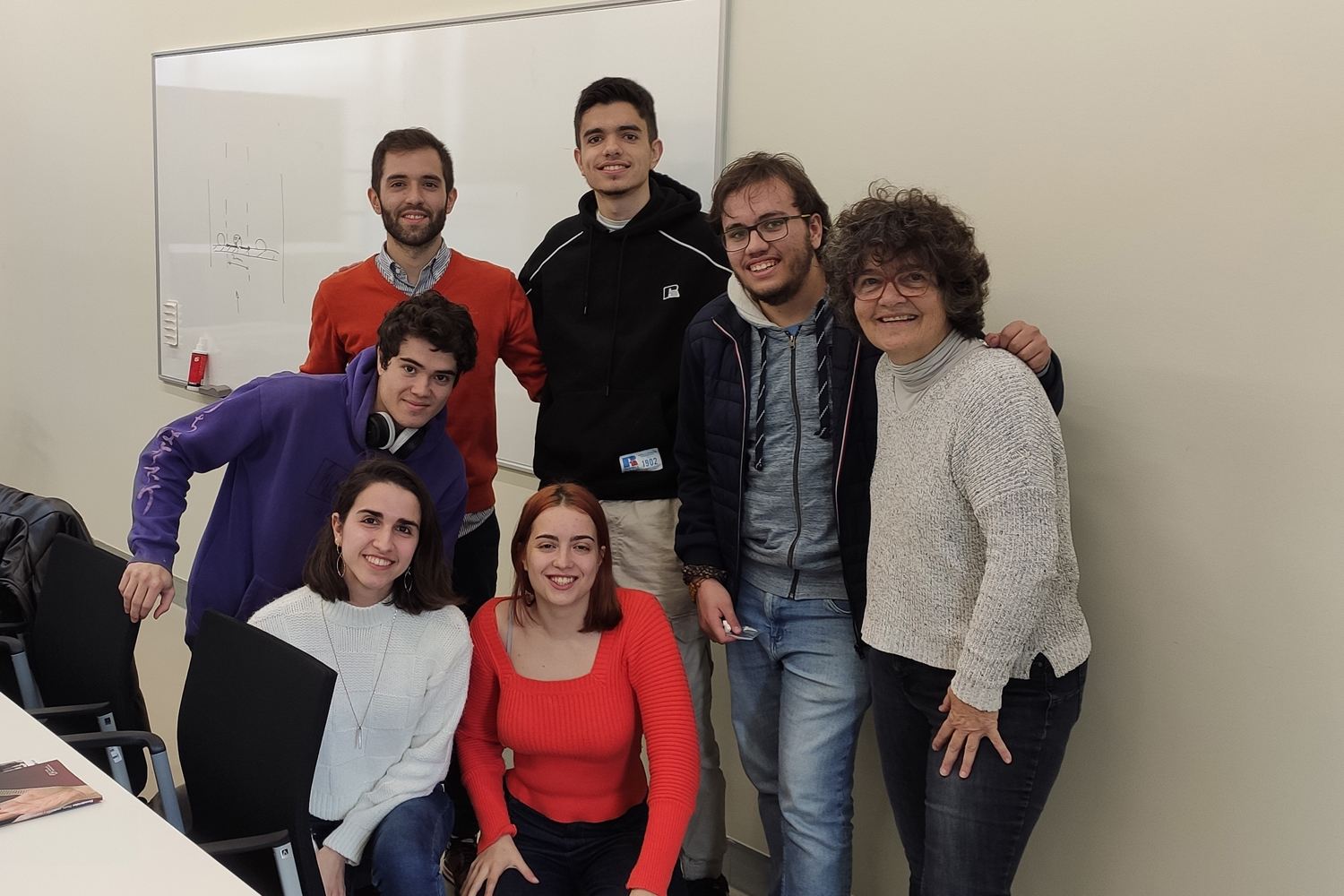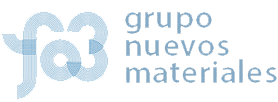
- Marine-derived implants for bone regeneration

In collaboration with the Iberos+ network, we have reached a new milestone in the creation of implants for bone regeneration, using marine resources such as the skin and teeth of blue sharks. The implants, made from fish discards, represent a significant advance in the field of regenerative medicine.
These implants, made from fish discards, represent a significant advance in the field of regenerative medicine. Not only are they more effective than current devices, but they also offer a sustainable and environmentally friendly solution.
We are also pleased to announce the launch of a new master’s degree in Biofabrication, a pioneering initiative in Spain and one of the few in Europe. This unique training programme, taught jointly by the universities of Vigo, Santiago and A Coruña, offers comprehensive training in biofabrication, bioprinting, tissue engineering and regenerative medicine.
The master’s degree is designed to train a new generation of multidisciplinary professionals, ready to face the challenges of the future in the field of biotechnology. With a practical and collaborative approach, students will acquire skills and knowledge that will prepare them to contribute significantly to the advancement of science and innovation.
This article from Faro de Vigo provides further information.
- The CACTI, “so near, so far”

The CACTI, with three decades of experience, has become a fundamental pillar for the university community in its quest for excellence in research and technology transfer. However, despite its long history, there are still members of our community who are unaware of the wide range of services and resources it offers.
For this reason, under the slogan “So close, so far. Come and meet us”, an open day will be held on Thursday 18 April. It will be a unique opportunity for researchers, academics and students to get to know first-hand its state-of-the-art facilities, innovative techniques, specialised instrumentation and analytical possibilities.
In order to provide as much accessibility as possible, two sessions have been organised, one in the morning and one in the afternoon. Each session is limited to 40 participants, so it is important to book via the online form as soon as possible.
During the day, CACTI experts will be available to answer questions, discuss potential projects and provide detailed information about the services and work they provide.
For more details about the open day and to book your place, visit the website.
- CINTECX Open Camera

Today is a special day to celebrate and reflect on the role of women in science and technology! Coinciding with #8M, International Women’s Day, we want to share the testimony of the female researchers who participated in the CINTECX Open Camera event, among them, our colleague Julia Serra.
In this video, available at the CINTECX Open Camera link, outstanding STEM women share their experiences, from their school years to their incursion into the world of technological-industrial research.
Find out what their experience at university was like, the challenges they faced and how they finally decided to move forward in this exciting field of research.
We certainly have to thank all the participants for sharing their personal stories. We are sure that this will help many women and girl students, as well as many students in general, to discover the endless possibilities of pursuing research in this field.
These women are an inspiring example and a true role model! Each one of them shows us the way to a more equal future full of opportunities for all.
- Characterisation of cave paintings

The LandCRAFT Coa project took us to Poço Torto in the Foz-Coa archaeological park in Portugal. This is one of the most important archaeological sites of Palaeolithic art in the open air in Europe. There, a representative of the New Materials group participated in the portable Raman characterisation of recently discovered cave paintings. This device allows a non-invasive and highly accurate analysis of the pigments used in the paintings, revealing crucial details about their composition and origin.
The Landcraft Coa project is funded by the Portuguese FCT (Foundation for Science and Technology) under the Centre for Studies in Archaeology, Art and Heritage Sciences of the University of Coimbra, with Lara Bacelar Álves as director.
- Exploring Advances in Biomaterials and Biomedical Engineering
 <div align="justify"
<div align="justify"UVIGO Working Group of CEEIBIS (State Council of Biomedical Engineering and Health Engineering Students) organised an interactive talk on Advanced and Smart Biomaterials. The event, which took place at Cintecx, brought together Biomedical Engineering students to explore the latest advances in the field of biotechnology. During the talk, participants had the opportunity to explore the world of biomaterials, from those in current clinical use to the latest innovations in tissue engineering. With a focus on practical application and impact on healthcare, concrete examples of biomaterials and biomedical devices were discussed, highlighting both existing developments and research carried out by UVIGO’s “Novos Materiais” group. Using our materials display, we explored a wide range of materials and devices, illustrating the diversity and potential of biomedical engineering today and giving participants the opportunity to visualise and understand first-hand how science and technology are transforming the field of healthcare. We are delighted to have participated in this science outreach activity. It is essential to encourage student interest and participation in this constantly evolving field. Events like this are an excellent way to inspire the next generation of biomedical engineers.















